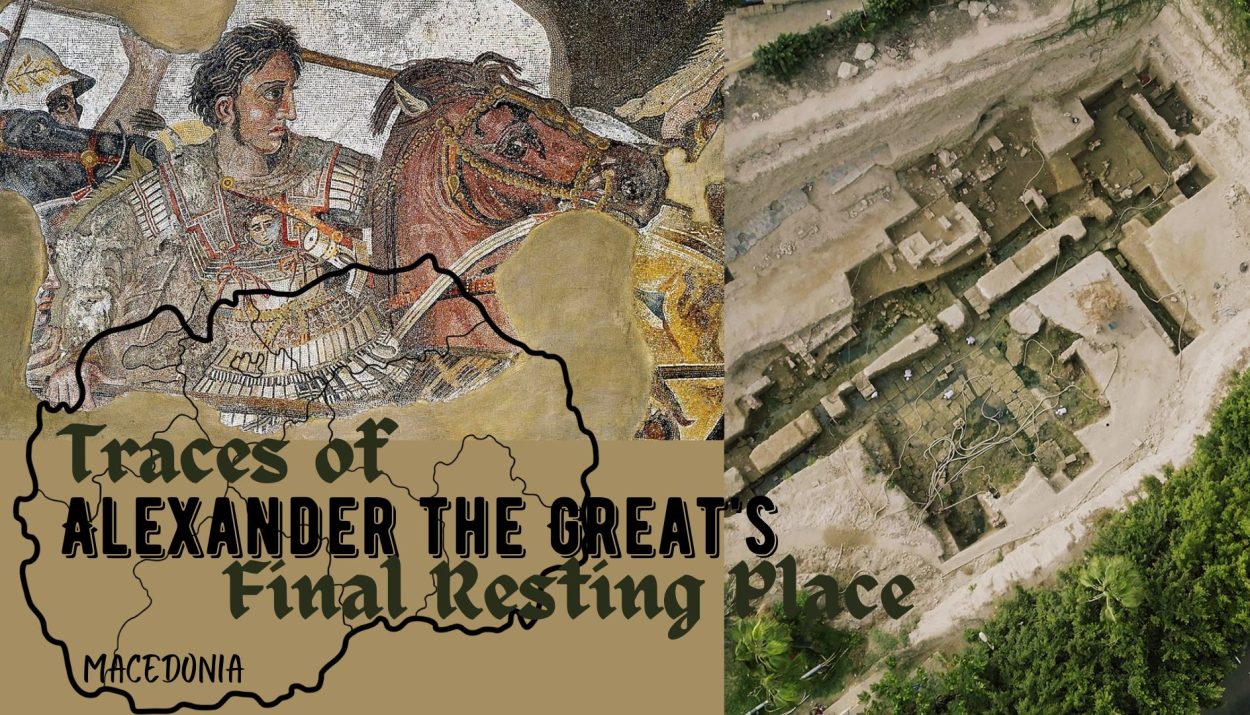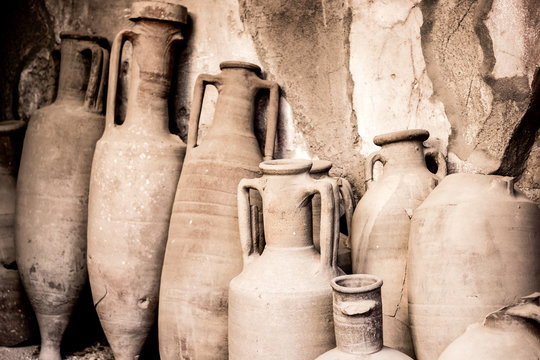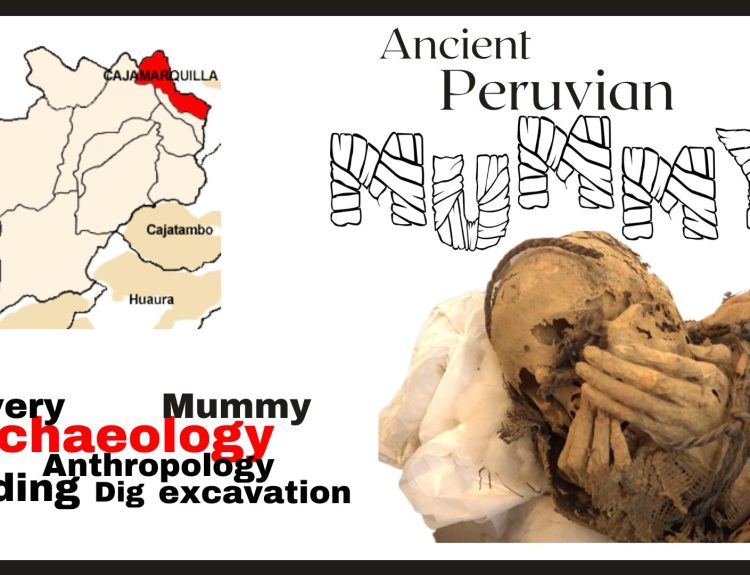Alexander the Great, the remarkable Macedonian conqueror, left an indelible mark on history. His military triumphs and visionary leadership continue to captivate scholars and enthusiasts alike. Among the mysteries that surround his legacy, none is more tantalizing than the search for the traces of Alexander the Great’s final resting place.
According to ancient accounts, Alexander the Great’s body was believed to have been preserved and venerated within a magnificent tomb in the Egyptian city of Alexandria, which he founded. This tomb stood as a revered monument for over four centuries, capturing the admiration and respect of generations. However, as time passed, the once-great tomb was either forgotten or deliberately dismantled, leaving behind no discernible trace of Alexander’s final resting place. Consequently, a prevailing belief among scholars has emerged, suggesting that at a certain point, it became necessary to relocate Alexander’s body to a secure and undisclosed location, ensuring its protection and preservation.
Who was Alexander and why is he so great?
Alexander the Great was an extraordinary historical figure who lived from 356 BCE to 323 BCE. He was the king of Macedonia, a kingdom in northern Greece, and is renowned for his military genius and his unparalleled conquests. Alexander inherited the throne from his father, King Philip II, at the age of 20, and from there, he embarked on an ambitious campaign to expand his empire. He held numerous titles such as the King of Persia, the Lord of Asia, and the Pharaoh of Egypt.
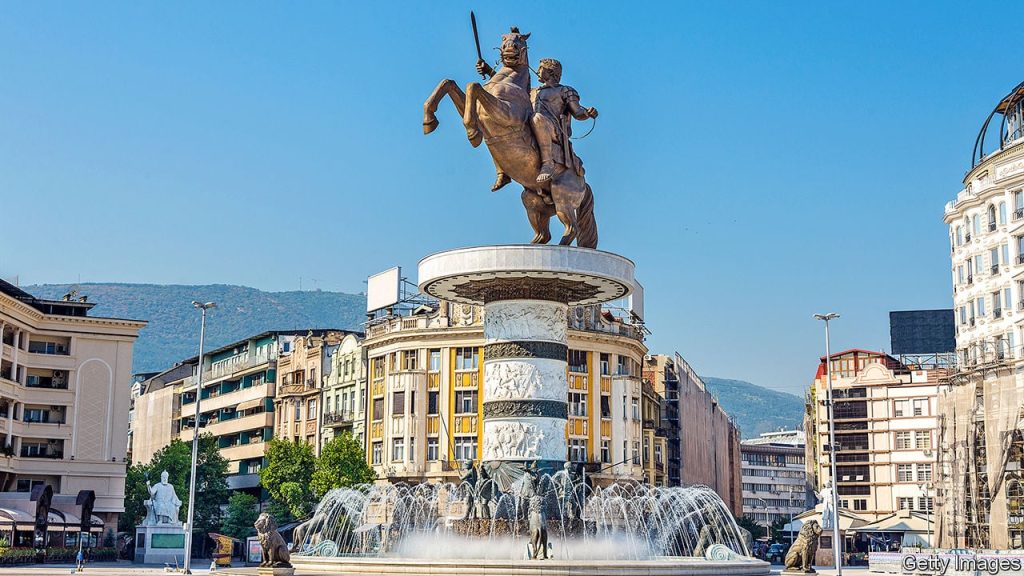
What made Alexander genuinely remarkable was the extent of his conquests and the speed at which he achieved them. He led his armies across vast territories, conquering lands stretching from Greece to Egypt and Persia to India. His military campaigns reshaped the political and cultural landscapes of the ancient world. Furthermore, Alexander’s influence extended beyond his lifetime. His conquests laid the foundation for the Hellenistic period, during which Greek culture and ideas spread throughout the conquered territories. The cities he founded, such as Alexandria in Egypt, became centres of learning and knowledge.
Alexander’s death
The death of Alexander the Great, one of history’s most iconic figures, remains a subject of debate and speculation. In 323 BCE, at the age of 32, in the city of Babylon, Alexander the Great passed away. The exact cause of his death remains a mystery, as no definitive historical records or contemporary autopsy reports exist. This has given rise to numerous theories and speculations surrounding the circumstances of his demise. One prevalent theory suggests that Alexander succumbed to complications arising from either malaria or typhoid fever, which were prevalent in the regions he had conquered. Another theory posits that Alexander’s death resulted from poisoning.
The Tomb of Alexander the Great
While the physical tomb of Alexander the Great continues to evade discovery, the quest for its location remains ongoing. The discovery of Alexander’s tomb would not only provide a glimpse into the life and legacy of this legendary figure but also shed light on the cultural and historical context of his time. Until the day arrives when Alexander’s tomb is finally revealed, the allure and mystery surrounding his final resting place will continue to captivate the imagination of historians, archaeologists, and enthusiasts around the world.

After his death, Alexander’s body was placed in a magnificent golden coffin for its journey from Babylon to Macedonia. Guided by his general, Perdiccas, a specially-crafted carriage transported the remains. However, when the carriage reached the Levant region, an unexpected turn of events occurred. Ptolemy, who would become the future king of Egypt, diverted the procession and redirected the sarcophagus to Memphis, Egypt. In Memphis, the sarcophagus was laid to rest in the Serapeum complex, which had been constructed by Pharaoh Nectanebo II. This tomb now on display in the British Museum, once housed the mummified body of Alexander The Great.
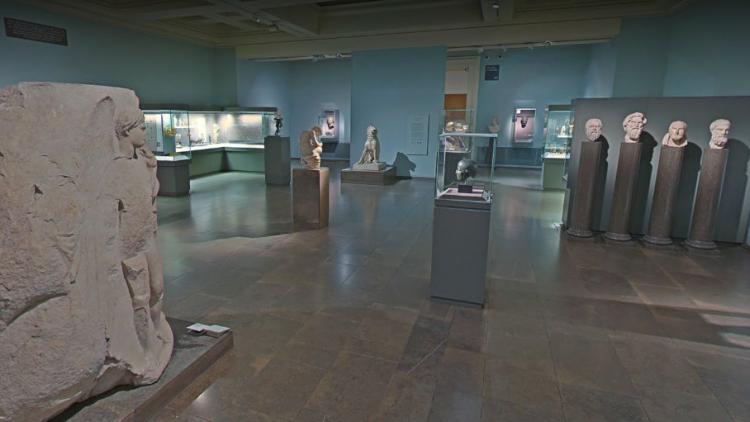
Read- The Art of Mummification- Ancient Egypt
Decades later, during the reign of Ptolemy IV, the remains were transferred to the Soma, a mausoleum located in Alexandria’s royal quarter. This relocation marked a significant shift in the resting place of the revered conqueror. For many centuries, Alexander’s body rested within the confines of the Soma.
Over time, the tomb of Alexander attracted the attention and reverence of several Roman emperors who admired the renowned Greek conqueror and acknowledged his remarkable achievements. Historical records indicate that in 48 BC, Julius Caesar himself visited the Tomb of Alexander the Great in Alexandria, paying homage to the great leader.
However, stories emerged suggesting that later Ptolemies seized the tomb in search of its treasures. Ptolemy X, in particular, melted down the original golden coffin and replaced it with one made of crystal or glass. The tomb’s riches continued to be a source of intrigue and exploitation. Cleopatra VII, the famed queen of Egypt, took gold from the tomb to fund her military campaign against the Roman general Octavian, who later became the emperor Augustus. During his visit to Alexandria, Augustus paid a visit to Alexander’s final resting place. Accounts suggest that he adorned the tomb with flowers and placed a golden diadem upon the head of the renowned general.
According to another Roman-era historian, Caligula is said to have made a visit to the tomb of Alexander the Great and acquired his breastplate. Subsequently, during Caracalla’s time, several belongings from Alexander’s tomb were moved. These included his tunic, ring, belt, and other valuable items, which Caracalla took and placed on the coffin.
In addition to the aforementioned theories, various other hypotheses exist concerning the tomb of Alexander the Great. These alternative perspectives propose different possibilities and explanations regarding the location, construction, and contents of the tomb. These diverse theories contribute to the ongoing intrigue and scholarly debate surrounding the final resting place of the legendary conqueror.
Conclusion
The journey and eventual resting place of Alexander’s body are marked by a series of relocations, thefts, and adaptations. From the golden coffin and Macedonian carriage to the Serapeum in Memphis, and finally to the Soma in Alexandria, the tomb has witnessed a complex history shaped by the actions of prominent historical figures and the passage of time.
Until concrete traces are found, the enigma of Alexander’s tomb will persist, captivating the imagination of scholars, historians, and enthusiasts alike, who eagerly await the day when the final resting place of this legendary conqueror is revealed.
References
Alexander the Great- Britannica
Alexander the Great’s Tomb: One of History’s Greatest Mysteries
Egypt sarcophagus: Mystery black tomb opened in Alexandria- BBC
Where is Alexander the Great’s tomb?- Live Science
Alexander the Great, King of Macedon


